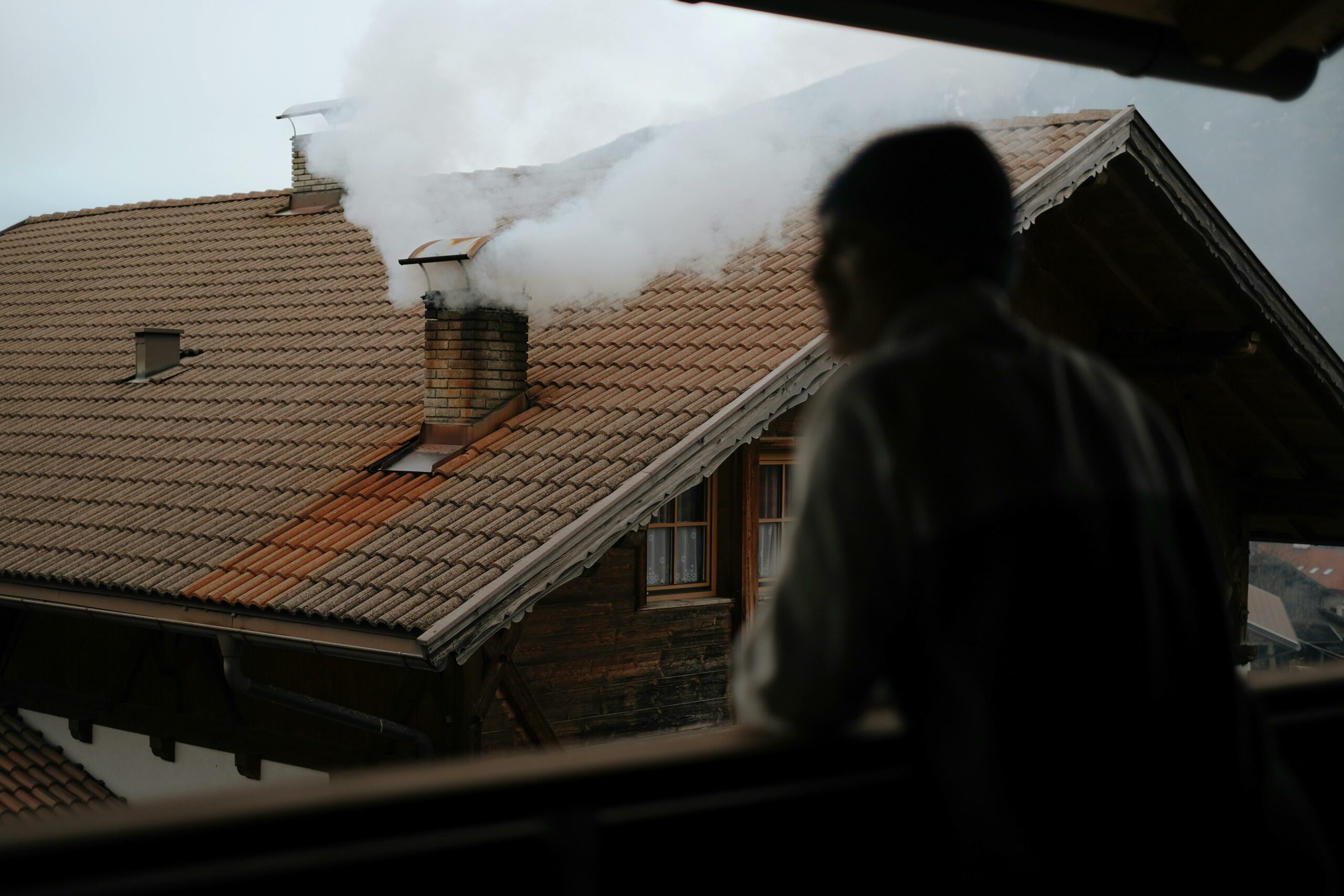Chimneys accumulate soot and creosote over time. These particles and chemicals are toxic They also pose a safety hazard because they’re flammable. So, how often should you clean your chimney to keep your home healthy and safe?
General Guidelines
There are many rules of thumb out there that you should take with a grain of salt.
A commonly cited one goes like this. If you burn wood every day during the winter, you should schedule a chimney sweep every year. However, if your usage is less frequent, such as every other day, cleaning every other year may suffice.
Another common rule of thumb suggests that you take the amount of wood burned into account. For example, you may come across advice to sweep after every two cords of oak firewood or every 200 fires, and so on.
These rules serve as rough estimates. The ultimate guideline is to have your chimney inspected annually by a professional chimney sweep, who will then recommend cleaning if necessary.
How Different Types of Wood Affect Your Chimney
The type of wood you burn significantly impacts the cleanliness and safety of your chimney. While there’s a variety of wood types available, not all are suitable for use as firewood. Understanding which woods are optimal for burning can help you maintain a healthier chimney and a more enjoyable fire experience, so let’s look a little closer at some examples:
- Oak: Widely regarded as one of the best firewoods, oak is relatively easy to ignite and provides good heat output.
- Madrone: This smooth wood is easier to start than oak and is often mixed in with oak for a balanced fire.
- Almond: Offering similar heat output to oak but usually at a lower cost, almond wood is a popular alternative for those seeking efficient and economical firewood.
We also want to warn you against using certain types of wood that may have adverse effects on the cleanliness of your chimney:
- Eucalyptus: Known for its oily nature, eucalyptus burns intensely hot but leaves behind a stubborn residue inside the chimney that’s challenging to remove.
- Redwood: Burning redwood, often sourced from old fences or decks, results in a residue akin to eucalyptus, posing cleanliness issues for your chimney.
Additionally, softwoods like pine, spruce, and fir can be used as firewood if they are properly seasoned. However, they produce less heat per log compared to hardwoods. If you opt for softwoods, remember that your chimney should be cleaned regularly.
When it comes to selecting firewood, it is important to ensure that your firewood is adequately seasoned, meaning that all moisture has had adequate time to evaporate. Proper seasoning reduces smoke and improves burning efficiency.
Pre-made logs like Presto or Duraflame logs can be convenient but may emit chemical odors and still require regular chimney cleaning.
Signs to Watch Out For
Have you noticed any pungent odors lately? Creosote is renowned for its awful, sharp smell. If you cringe every time you pass by your chimney, you need to call a chimney specialist right away.
Do you live in the South Bay area? Our team at Chimney Clean Company, Inc. can take care of your chimney for you. Contact us today!

